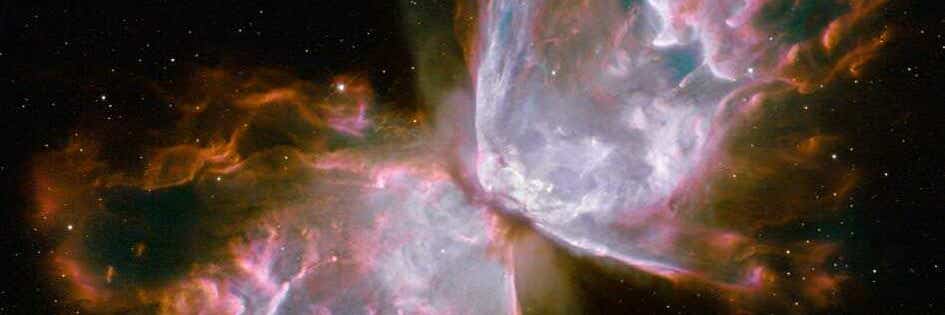


I'm the publisher of Universe Today and co-host of Astronomy Cast
This profile is from a federated server and may be incomplete. Browse more on the original instance.


I'm the publisher of Universe Today and co-host of Astronomy Cast
This profile is from a federated server and may be incomplete. Browse more on the original instance.